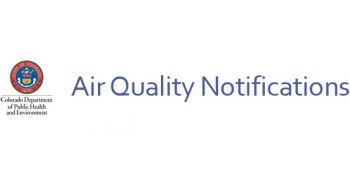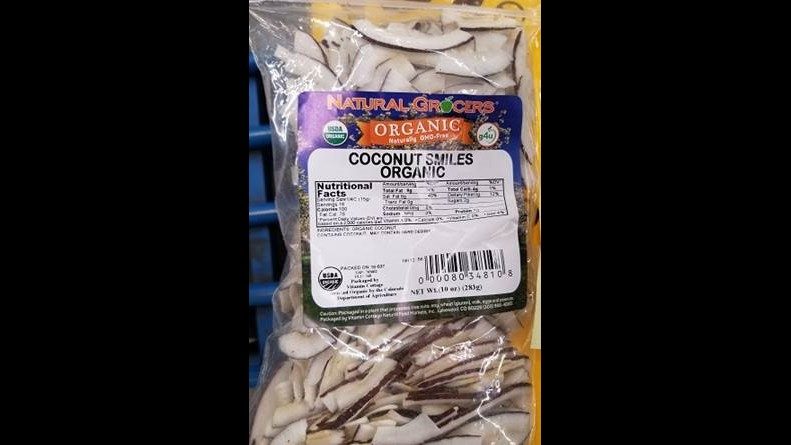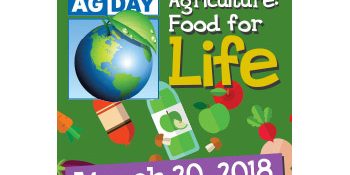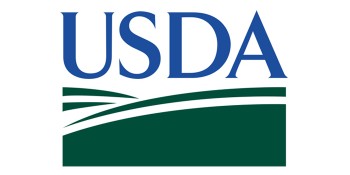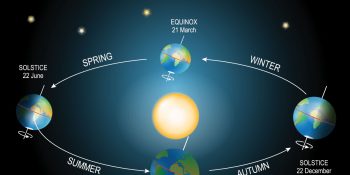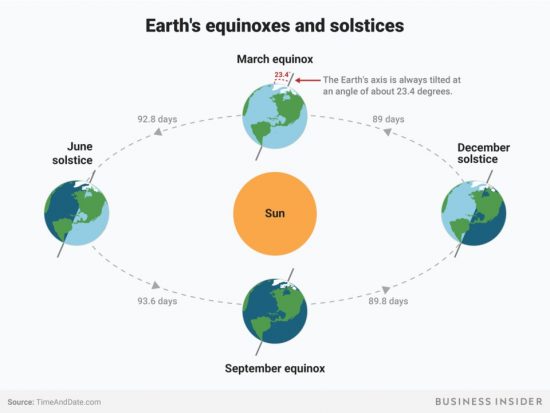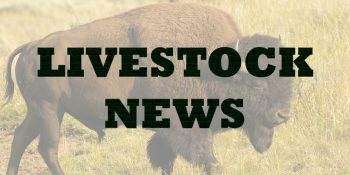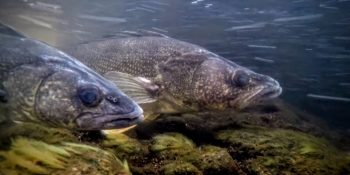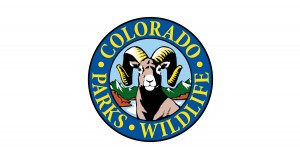Advisory for Blowing Dust Issued for Eastern Colorado
Issued by the Colorado Department of Public Health and Environment
Strong sustained and gusty winds are producing areas of blowing dust on Friday. Areas of blowing dust will persist throughout the region during the afternoon and into the evening hours. The threat for blowing dust will gradually diminish across the region during evening hours.
Affected Area: Eastern portions of Weld, Adams, Arapahoe, Denver, and Douglas counties, and the entirety of Morgan, Logan, Sedgwick, Phillips, Washington, and Yuma counties. This includes, but is not limited to, the communities of Fort Morgan, Sterling, Julesburg, Akron, Wray, Holyoke, Limon, and Deer Trail.* Advisory continued for Eastern Huerfano, El Paso, and Las Animas counties, and the entirety of Elbert, Lincoln, Kit Carson, Cheyenne, Pueblo, Crowley, Kiowa, Otero, Bent, Prowers, and Baca counties, including, but not limited to the communities of Pueblo, Kiowa, Hugo, Burlington, Cheyenne Wells, Eads, Ordway, La Junta, Lamar, Las Animas, Kim, and Springfield.
Public Health Recommendations: If significant blowing dust is present and reducing visibility to less than 10 miles across a wide area- People with heart or lung disease, older adults, and children in the affected area should reduce prolonged or heavy indoor and outdoor exertion.
Advisory in Effect: Friday, March 23, 2018, 9:30 a.m. to 8:00 p.m.
SPREAD THE NEWS
COMMENT, Like, Follow & SHARE @I70Scout
CURRENT EDITION
WEATHER & TRAFFIC PUZZLES RECENT NEWS ADVERTISE WITH US
